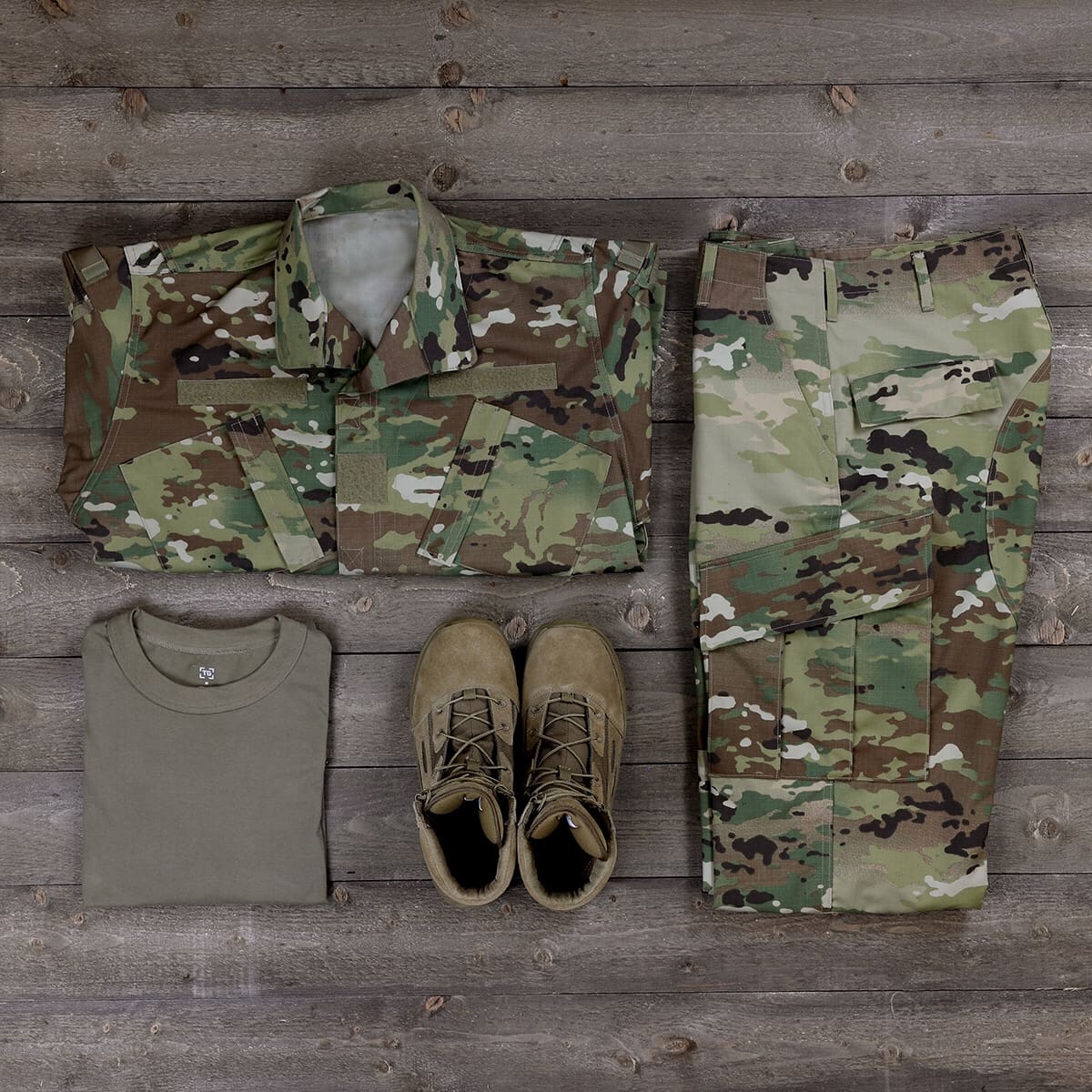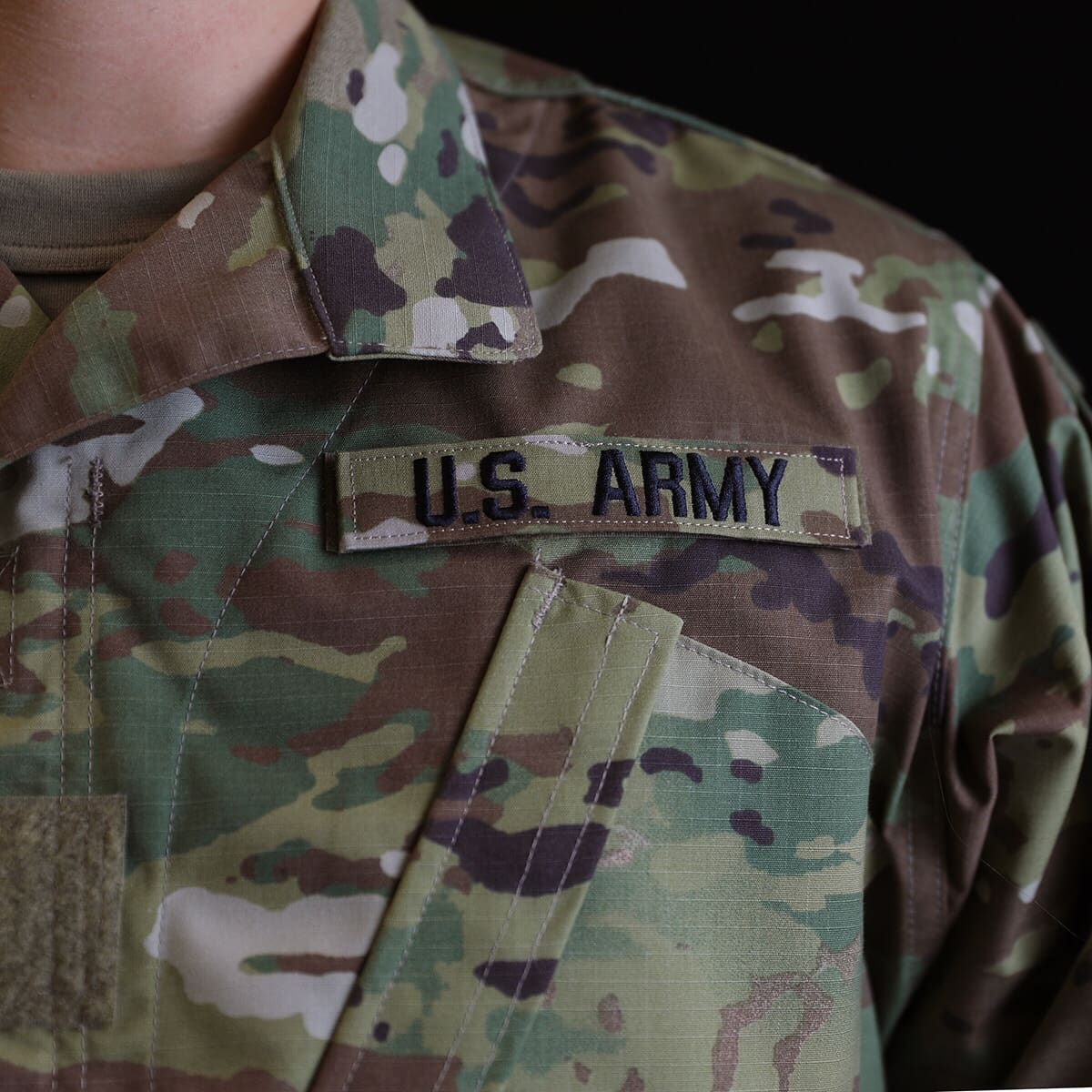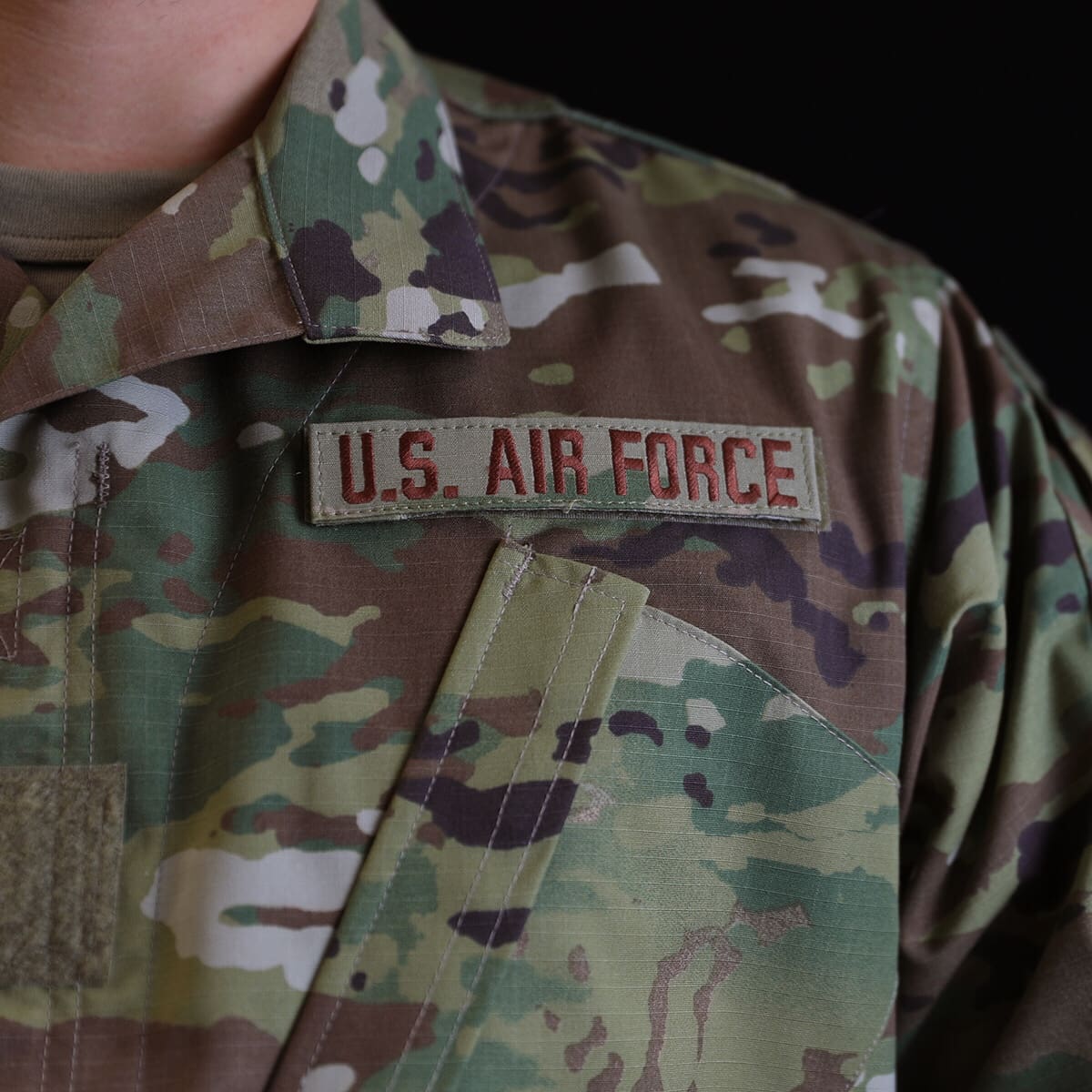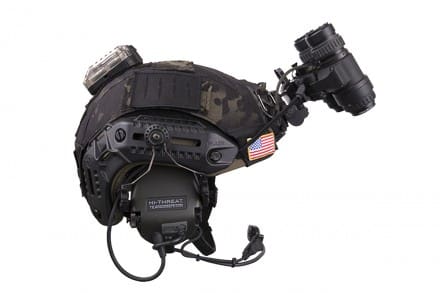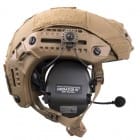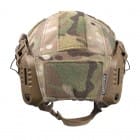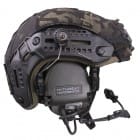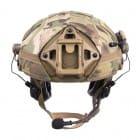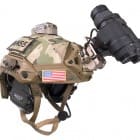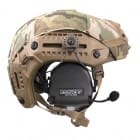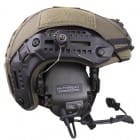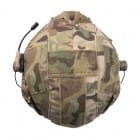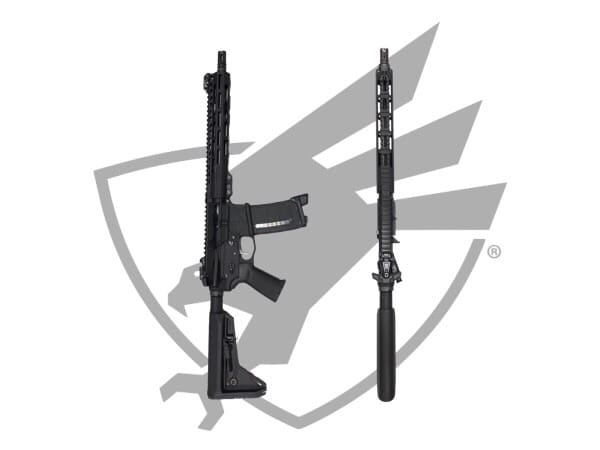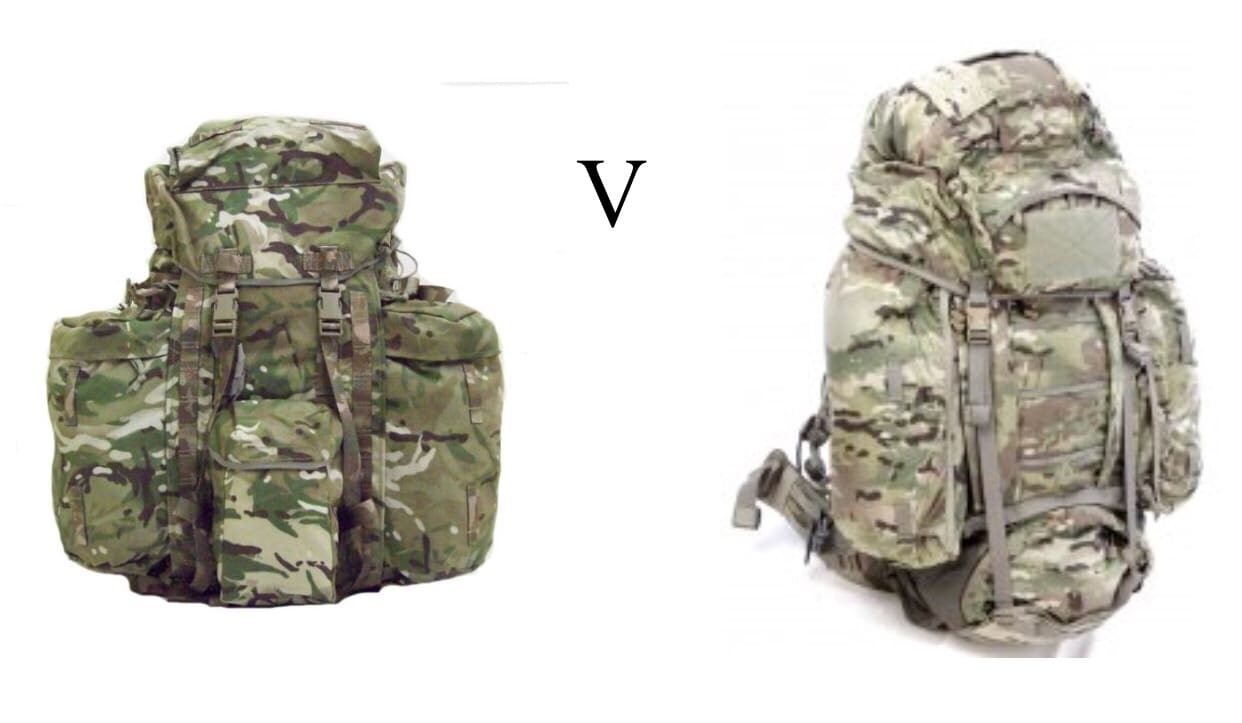
All light role troops understand the pain and discomfort associated with carrying your own body weight on your back. It is something that you just have to get used to. However, with recent high injury rates from nerve damage due to carrying heavy loads we wanted to look at what we choose to carry on our backs.
The UK issue Personal Load Carrying Equipment (PLCE) Bergan has been around for decades in various forms. Originally derived from the Berghaus Cyclops Roc it has moved further and further away from its high-quality ancestor. The current version follows the same design format and uses 1000 denier MTP fabric. The back system is simple, in the extreme, and has more in common with what you would find on a daysack not something that you would use to carry 100+lbs. It is functional from the point of view of its pockets and layout and has become integrated into the way that the UK troops operate in the field.
The Snigel 90Ltr shows many similarities with its pocket structure and style. Other than that they could not be further apart. Now used by a number of specialist units the pack has a full modern back system that you would expect to see on the best civilian rucksacks. The foam used in the shoulder straps is of the highest possible standard and addresses the nerve damage issue associated with the issue Bergan. This is also helped by a very substantial waist belt. The rucksack uses a 500 denier Multicam fabric which is lighter and more flexible than the 1000 denier but does not compromise on robustness.
If you are required to carry all your kit on your back, then it is absolutely paramount that the piece of equipment you use to hold it is comfortable and reliable. The issue Bergan falls well short of what can now be achieved. Time for a change we feel. What do you think?
For more information get in touch by email on international@brigantes.com or for UK customers warrior@brigantes.com.


